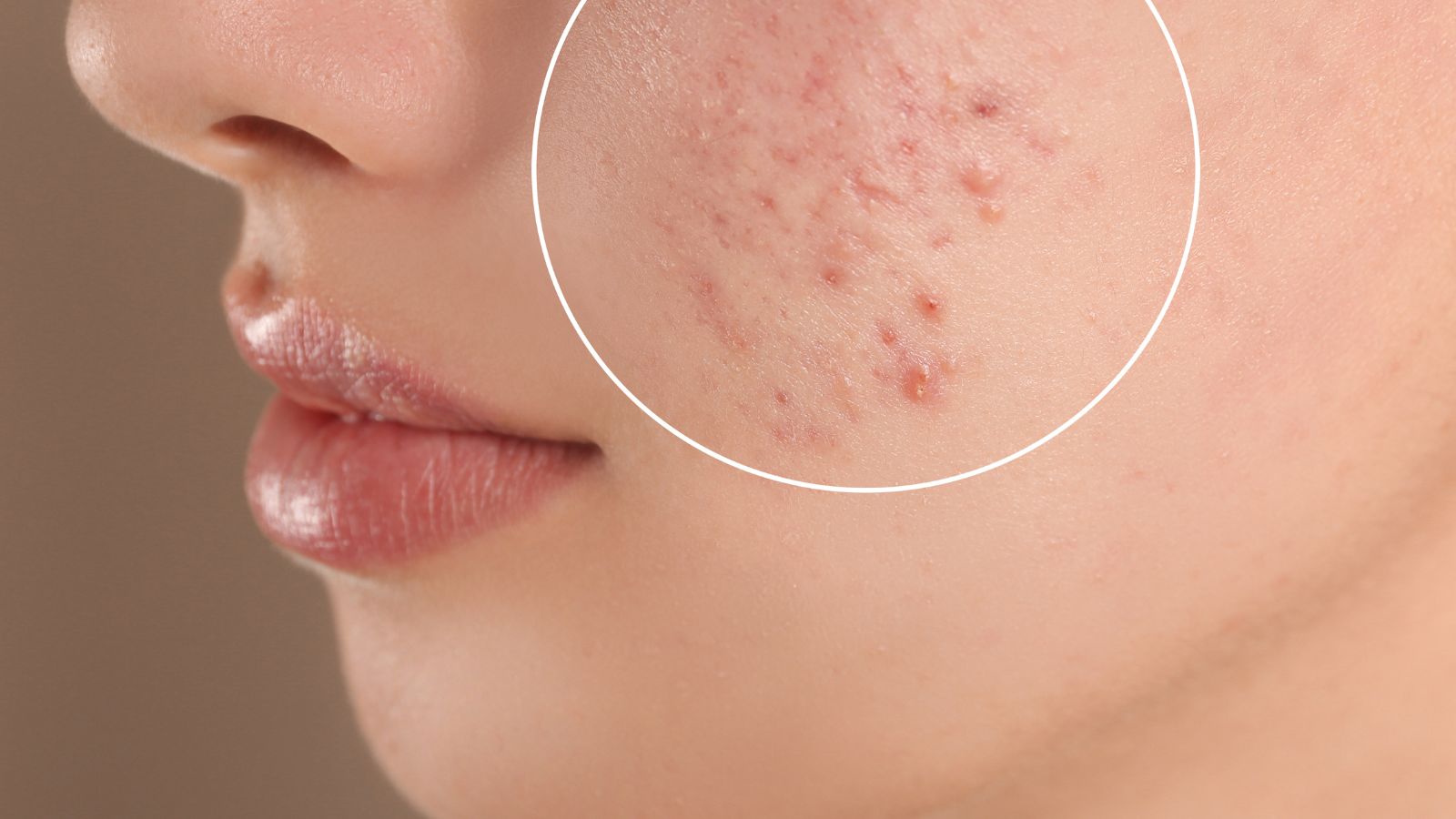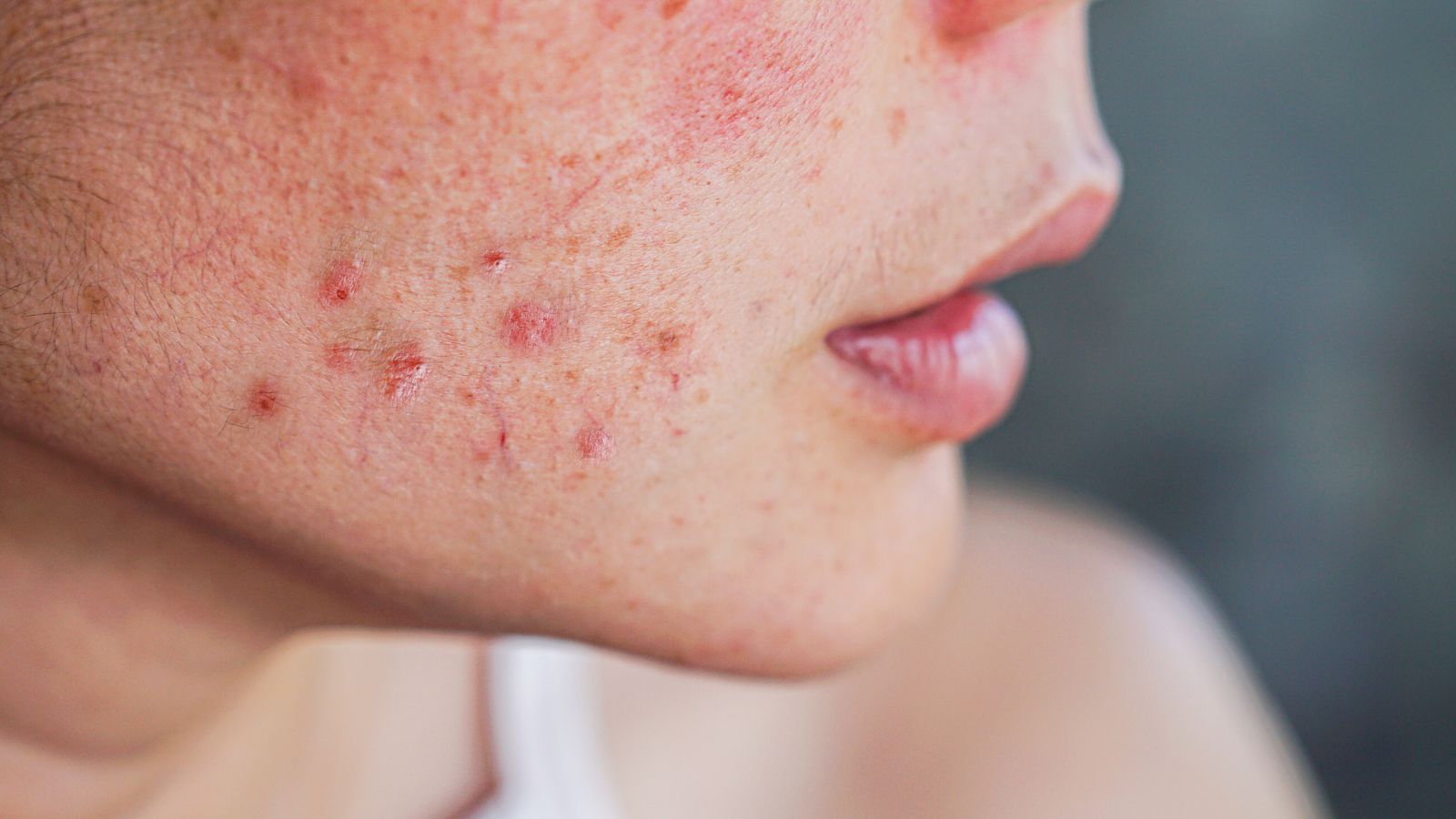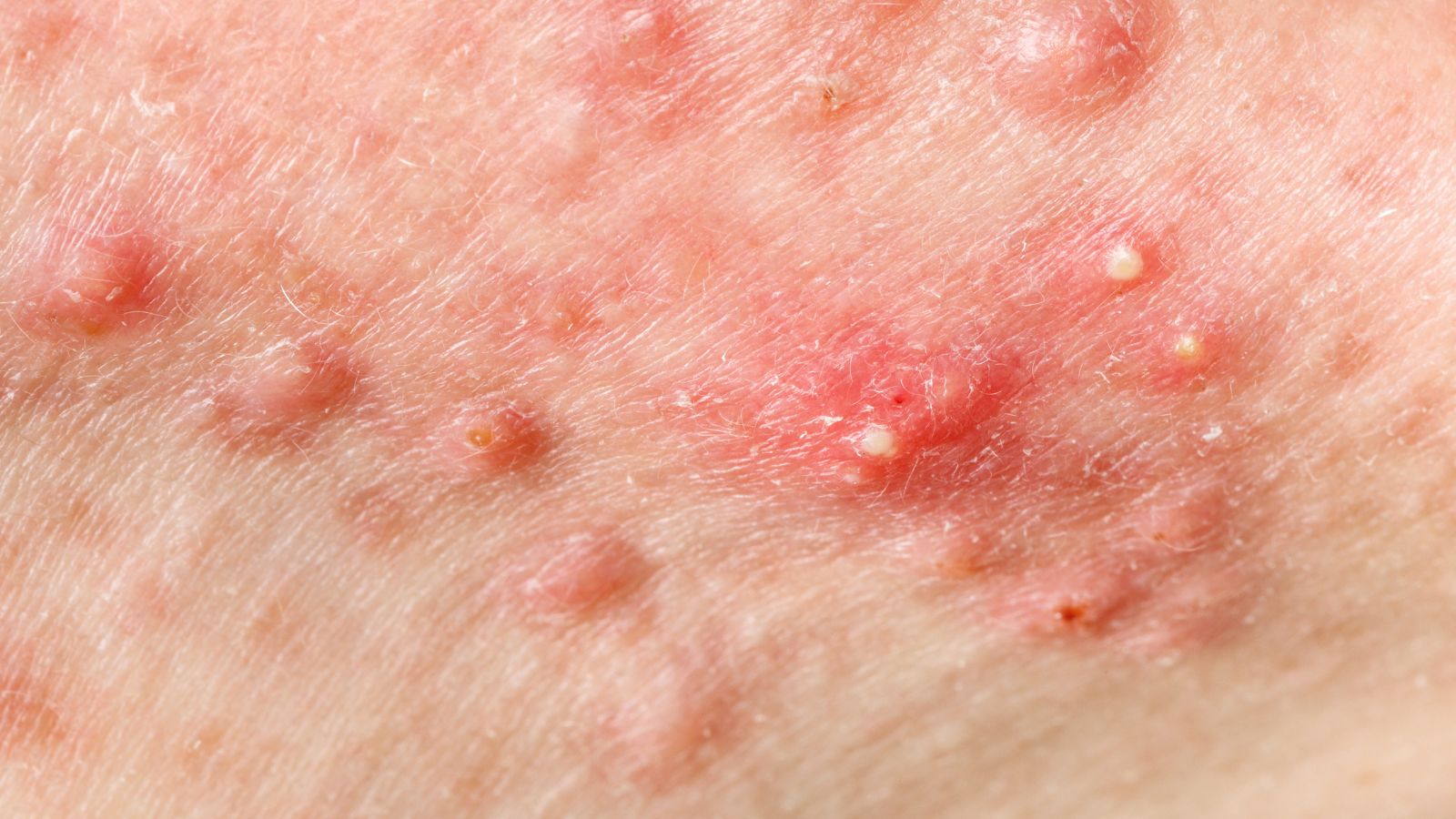In the ever-evolving world of skincare, bubble skincare has emerged as the latest trend. But as with any new beauty fad, it’s natural to question its suitability, especially when it comes to children. So, is bubble skincare good for 10-year-olds?
 Is Bubble Skincare Good for 10 Year Olds
Is Bubble Skincare Good for 10 Year Olds
Riding the wave of the latest beauty trends, bubble skincare has made quite a splash in the industry. This section delves deep into its core and lists some popular products that have become consumer favorites.
What is Bubble Skincare?
Bubble skincare is a fascinating innovation in the world of beauty and personal care. It involves products formulated to transform from creams or gels into a foam or bubble-like texture upon application. The microbubbles generated effectively penetrate the skin’s surface, delivering active ingredients deeper into the skin. Oxygen, the key ingredient in these products, is thought to stimulate circulation, promote cell turnover and give the skin a refreshed, radiant look.
- Elizavecca Milky Piggy Carbonated Bubble Clay Mask: Purifies and refines the skin with its unique bubble action, activated once the mask is applied on the skin. It absorbs dirt and sebum from the pores, leaving the skin clean and clear.
- Dermalogica Active Moist: It’s a bubble skincare moisturizer that hydrates the skin with an advanced formulation of silk amino acids and a unique combination of plant extracts.
- Peter Thomas Roth Bubbling Mask: Enriches skin with oxygen and antioxidants. Its bubbling mechanism detoxifies the skin and gives it a youthful glow.
 The Skin of 10 Year Olds
The Skin of 10 Year Olds
Taking into consideration the qualities of a 10-year-old’s skin can provide crucial insights into the appropriateness of bubble skincare for this age group.
Unique Aspects of Children’s Skin
Children’s skin differs significantly from adult skin in several ways. Firstly, it’s much thinner — approximately 20-30% less than in adults. The skin protects the body from environmental factors, but due to its thinness, offers less of a barrier in children. This leaves their skin susceptible to harm from various elements, including skincare products with harsh ingredients. Secondly, children possess a higher water content in their skin and thereby experience a faster rate of evaporation. This means their skin can dry out swiftly, emphasizing the importance of using moisturizing products without harsh chemicals that may induce dryness.
Common Skin Problems in 10 Year Olds
In the age range of ten years, children often deal with various skin issues. These issues commonly include dry skin, eczema, and the early emergence of acne. Dry skin arises due to the swift evaporation rate that exists in a child’s skin, as previously mentioned. For those living in drier climates, this issue might be emphasized. Eczema, a skin condition resulting in red, itchy patches, is another common problem in this age group. This condition often flares up due to irritants found in certain skincare products. Lastly, the early onset of acne can occur in some 10-year-olds, predominantly due to the commencement of hormonal changes in their bodies. These acne breakouts can worsen with the use of non-comedogenic skincare products. Notably, these common skin issues should be considered while deciding whether bubble skincare is suitable for 10-year-olds.
 Is Bubble Skincare Good for 10 Year Olds?
Is Bubble Skincare Good for 10 Year Olds?
As bubble skincare gains traction, parents often raise queries about its consequences on children’s delicate skin. It’s crucial to delve into the safety and potential benefits of these products for 10-year-olds, given their unique skin attributes.
The Safety of Bubble Skincare for Kids
Bubble skincare products promise skin rejuvenation, but not all are crafted with children’s needs in mind. It’s essential to scrutinize ingredients, ensuring they’re gentle enough for young skin. The American Academy of Dermatology recommends sulfur, salicylic acid, and benzoyl peroxide to be safe and effective in small amounts.
However, always remember that a patch test, preferably under pediatrician supervision, is a must prior to full application. It reinforces safety, eliminating any potential risk of skin irritation.